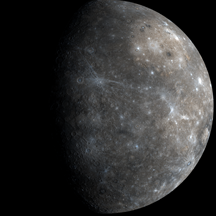
2015 – NASA’s MESSENGER Mercury mission came to an end when the spacecraft intentionally crashed into the surface of Mercury. MESSENGER was the first spacecraft to orbit Mercury, and it provided groundbreaking data about the planet’s surface, magnetic field, and the presence of water ice and organic compounds at its north poleMore mission info at https://messenger.jhuapl.edu/
2002 – “Remarkable, breathtaking” are words jubilant astronomers are using to describe the first four views of the universe taken by the Hubble Space Telescope’s new Advanced Camera for Surveys, released by NASA today.

1998 – Scientists discovered two tiny and irregular moons orbiting Uranus. Moons of Uranus are traditionally named after characters in the poetry of Shakespeare and Pope. The new moons were named Caliban and Sycorax.
Birthdays
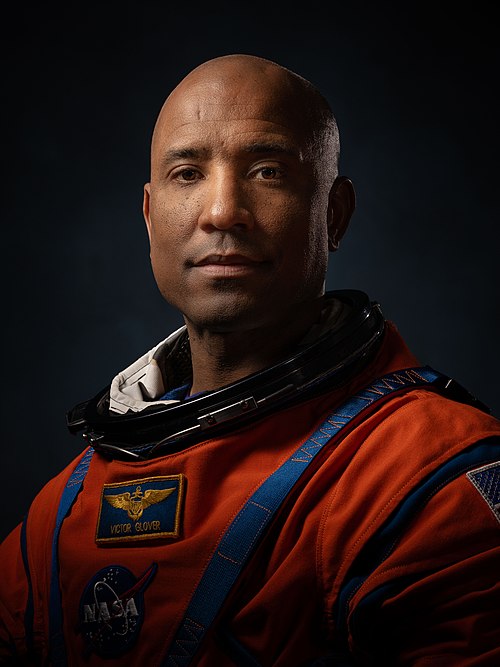
1976 – Victor Jerome Glover, Captain, US Navy. Selection: NASA Group 21 (2013). Total EVAs 4, Total EVA time 26 hours, 7 minutes. Missions: SpaceX Crew-1 (Expedition 64/65)

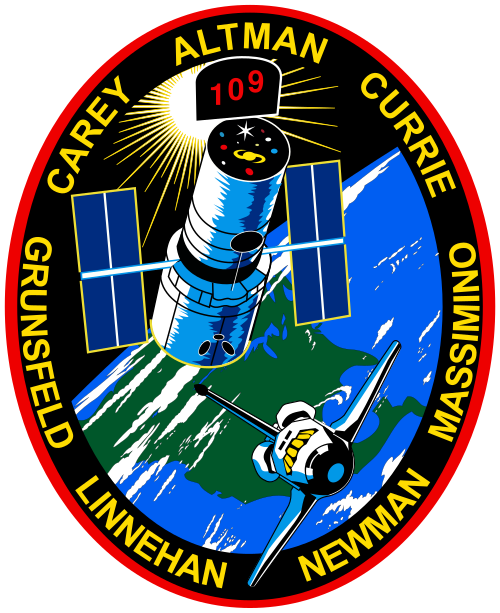
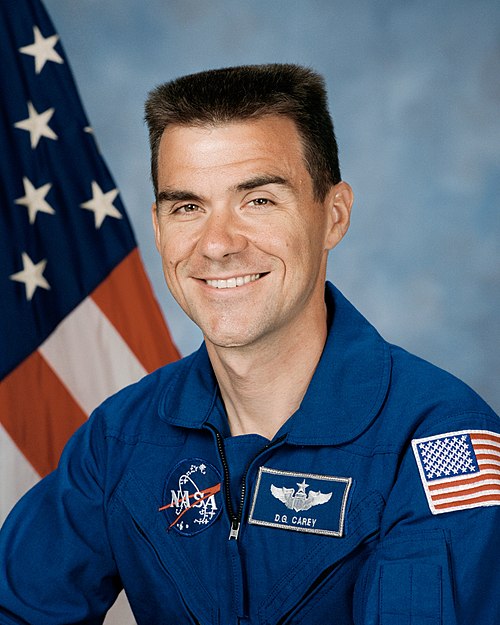
1957 – Duane Gene “Digger” Carey, Lieutenant Colonel, USAF. Selection: NASA Group 16 (1996). Time in Space: 10days 22hours 10min. Mission: STS-109
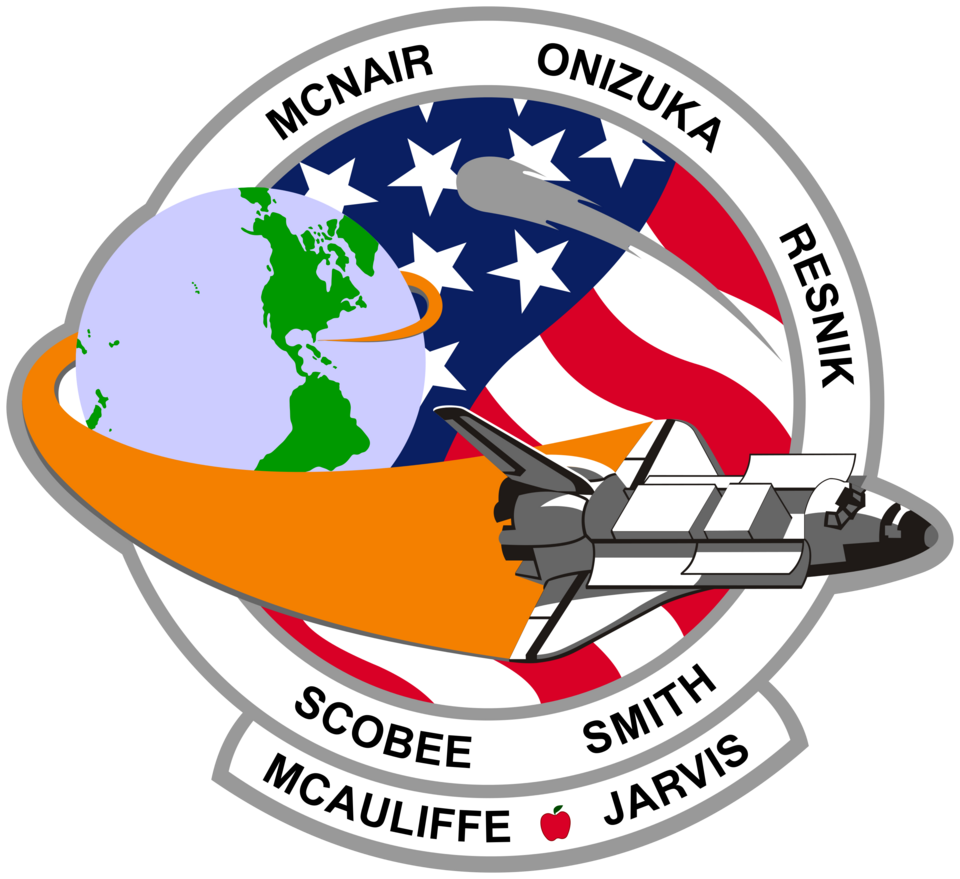

1945 – Michael J. Smith, American Astronaut and Captain in the US Navy, who was the pilot of Space Shuttle Challenger, STS – 51-L. He died with his crew on January 28, 1986, 73 seconds after lift-off. His was the last voice heard on the voice recorder.